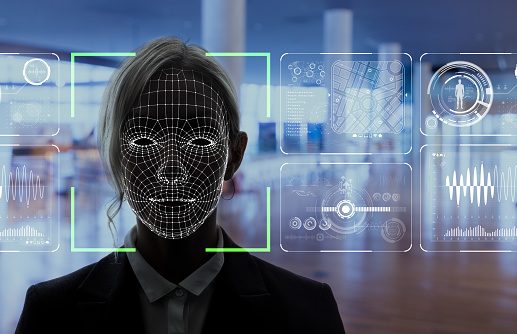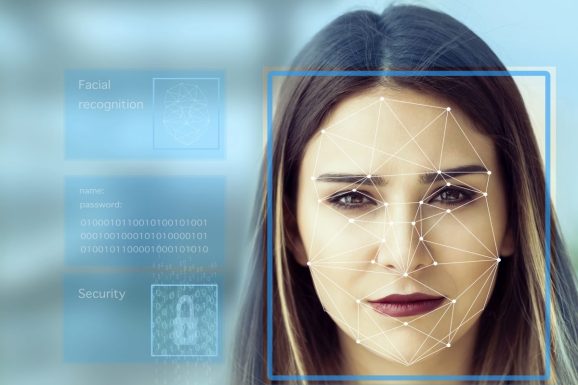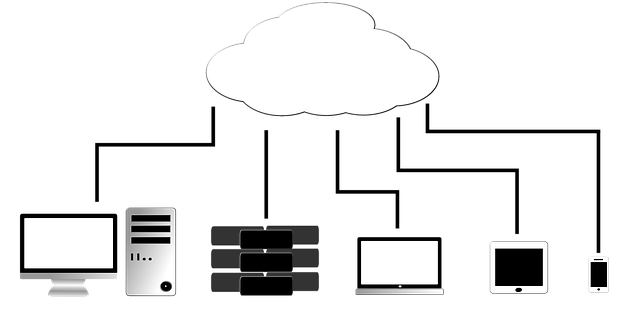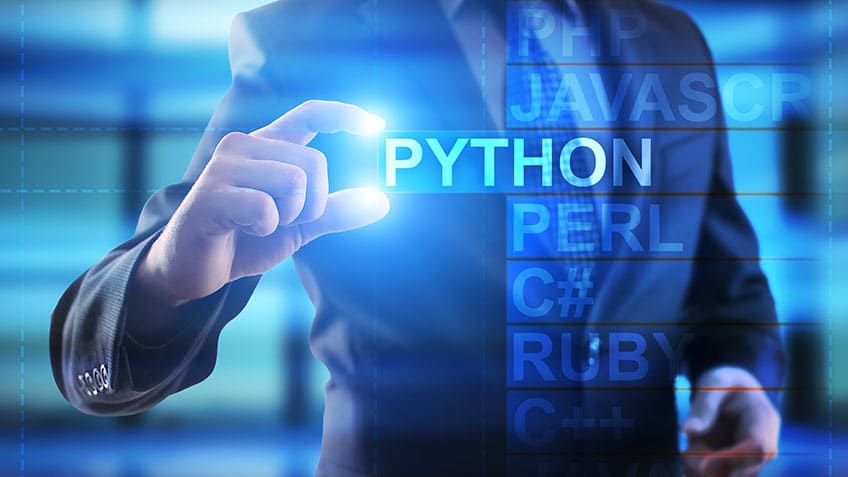The time has gone when a human face is only used for social interactions. Today, it is widely utilized to unlock various devices. Unlocking devices using the face is a technology that is widely known as Face recognition technology. Face recognition is considered to be a quicker and reliable method of image analysis for human verification and authentication through an individual’s facial outlines.
The technology uses the human face to act as a password for multiple devices, thereby eliminating the need of remembering passwords that can be stolen, lost, or forgotten. With the advancement in technology, the face recognition solution has been adopted by various industries including enterprises, hospitals, hospitality, marketing, retail, and more.
Face recognition is a part of applied machine learning that can detect and identify human faces. The system captures still images or lives video images to identify an individual through a particular distance without involving any physical interaction with the person. The images captured will be in the form of nodal points, which are compared with the existing nodal points stored in the system to recognize a pre-registered individual.
Key Benefits of Facial Recognition System for Enterprises
Apart from unlocking the devices, the face recognition system provides various other benefits to the enterprises, some of them are mentioned below:
- Improved Security: The technology can be used for surveillance purposes. With the help of face recognition technology, it becomes easier to track down criminals, thieves, burglars, and other suspicious activities.
- Quick Processing: The technology facilitates the recognition of a face in less than a second, which is incredibly beneficial for enterprises. As face recognition is an instant process, the technology ensures a quick and efficient verification of a person.
- Hard to Fool: As various parameters are analyzed while identifying a face, the face recognition technology is hard to fool as compared to passwords, signatures, and other security processes.
- Seamless Integration: The face recognition technology is quite easy to integrate, which is perhaps the biggest benefit for enterprises. Moreover, the enterprises need not spend additional money on its integration. It is important to note here that most face recognition solutions are compatible with the majority of security software.
- Automation of Identification: The face recognition solution facilitates a completely automated and independent process in the identification process. It takes a few seconds to identify a face and is also incredibly accurate.
How Face Recognition System Works?
The face recognition technology can be carried out in real-time with the use of Artificial Intelligence (AI) and Machine Learning (ML) technologies.
The algorithm that this software uses captures incoming 2D and 3D images based on the device’s features and analyses them using algorithm scale without any error by comparing them with the database images.
The integration of intelligent technologies with high computing techniques makes the facial biometric system one of the safest and consistent online identity verification solutions.
A face recognition solution for enterprises generally involves the following stages:
Detection or Tracking Stage: Also termed as the preprocessing stage, at the detection stage the facial recognition system identifies and tracks faces in the given image or video file. The process starts with identifying the human face and the necessary facial features patterns like the eyes, nose, and mouth of a person to be identified.
 With the employment of a deep neural network and machine learning algorithms on a large database of images, the system identifies a human face while looking at different angles or positions.
With the employment of a deep neural network and machine learning algorithms on a large database of images, the system identifies a human face while looking at different angles or positions.
Firstly, the system identifies the eyes, which is one of the most accessible features to detect, and then it continues to detect eyebrows, nose, mouth, etc.
Once the system detects the facial region, multiple algorithms are performed on large datasets to enhance the algorithm’s accurateness to identify the faces and their positions.
Feature Extraction Stage: The system is programmed with the help of computer vision algorithms to identify facial features like eyebrows, eye gaps, the tip of the nose, mouth corners, etc. Once the system detects a human face, it automatically starts detecting the facial landmarks, also known as nodal points.
It is vital to note that each face has around 80 nodal points. Landmarks are the key to distinguish each face present in the database. Therefore, detecting various landmarks is essential to ensure correctness while identifying a face.
After extracting each feature, the registered face in the database is adjusted in position, size, and scale to match with the user’s face. This step is necessary because, whenever the user’s face moves or the user changes his/her expression, the software will accurately recognize the face.

Face Representation Stage: After the facial features are extracted and all the key elements like landmarks, face position, and orientation are fed into the facial recognition software, the system generates a distinctive feature vector for each face in the form of numeric codes.
These numeric codes are also known as Faceprint, which is similar to Fingerprint in contact biometric systems. Each code identifies the person among all the others in the dataset. During the face detection process, the feature vector is used to search through the whole database of enrolled users.
Face Matching Stage: Now as the unique vector code has been generated by the system, it is then compared against the faces stored in the database. The database contains all the required information of registered users. If the system identifies the match successfully for exact features in the database, it instantly provides all the details about that particular person.
The face recognition technology can work on both the server and on the device that the user is interacting with. For instance, when someone uploads his/her photo to Facebook, the algorithms are run on the server-side and an ID system that uses the person’s face to unlock the device needs to run on the client-side.
As soon as the picture is uploaded and if it matches with the system’s database, it immediately identifies the person and shows his name while tagging his/her face.
Conclusion:
Nowadays, most enterprises make use of the 3D face recognition system along with the use of infrared cameras, which significantly boost the level of accuracy of facial recognition.




